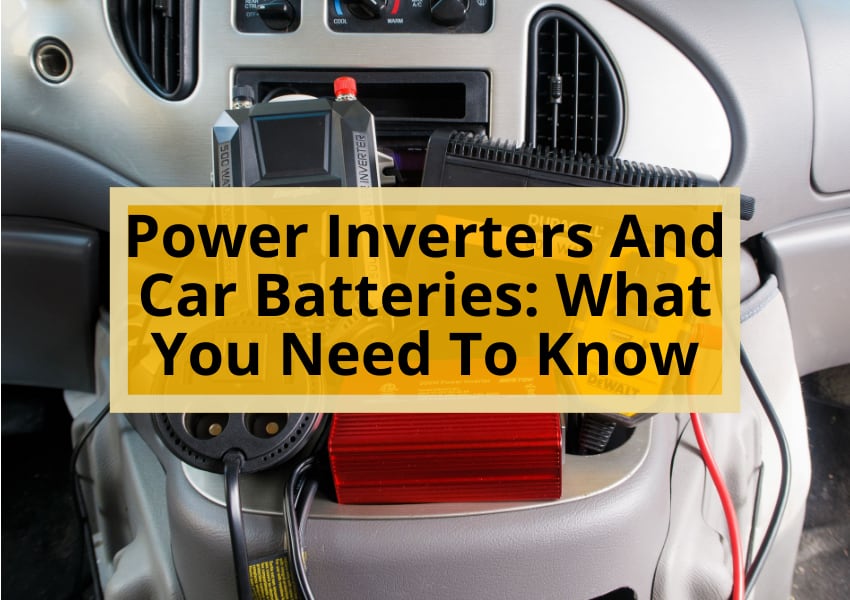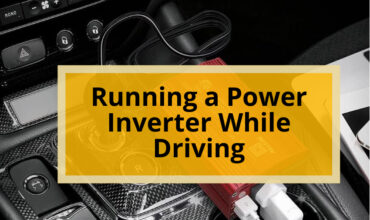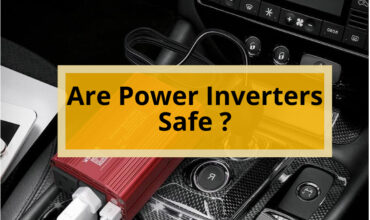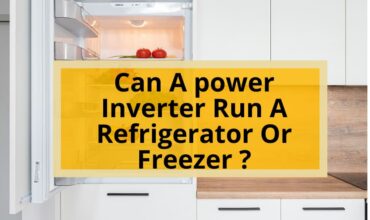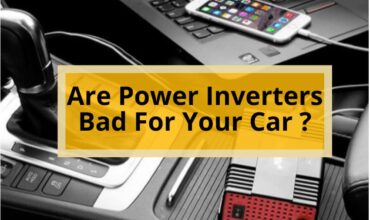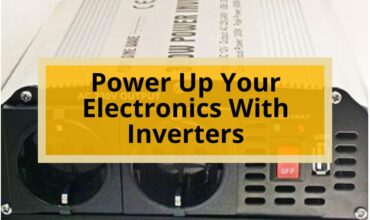Power inverters are electronic devices that convert DC (direct current) power from a car battery into AC (alternating current) power that can be used to power various electronic devices. These devices can be incredibly useful for anyone who needs to use electronics on the road, such as campers, truck drivers, or long-distance commuters.
However, using a power inverter in a car can also have implications for the car battery, and it’s important to understand how to use them properly to avoid damaging your battery or reducing its lifespan.
In this article, we’ll provide an overview of power inverters and how they work, as well as discuss the best practices for using an inverter with your car battery. We’ll also provide information on choosing the right inverter for your needs and offer tips for maintaining your battery’s health.
Whether you’re a seasoned road warrior or just looking to power your phone or laptop on a long trip, understanding the relationship between power inverters and car batteries is essential knowledge for anyone who uses electronics on the go.
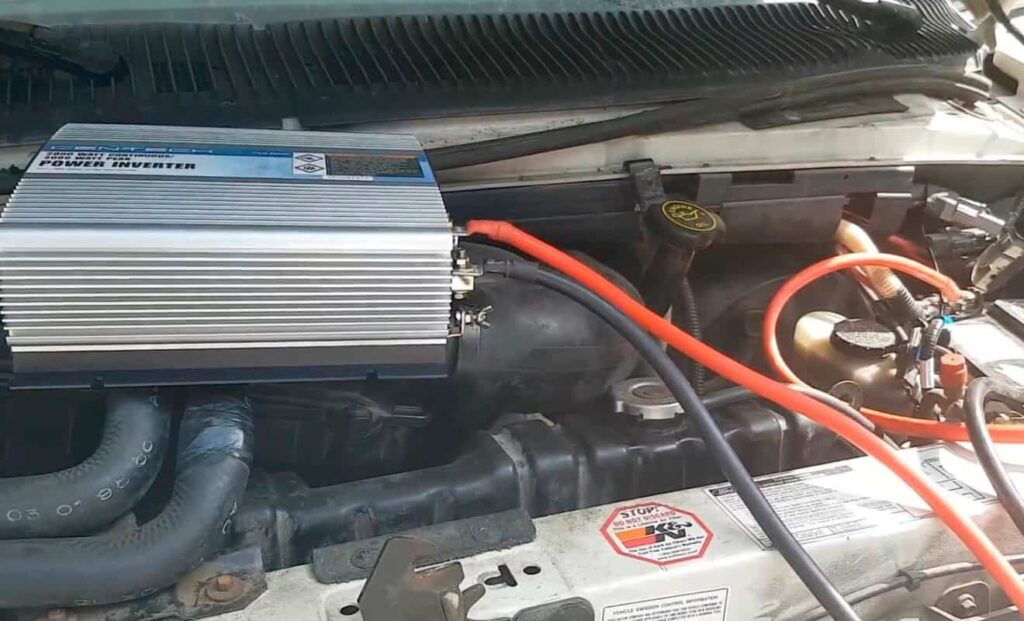
How Inverters Work
The operation of a power inverter, which converts DC to AC voltage, is a crucial aspect to understand regarding its impact on a car battery’s energy consumption. Power inverters are essential for using electronic devices in vehicles and provide many advantages, such as convenience and access to power on the road.
However, there are also limitations to their usage, particularly in terms of draining the car battery. One common issue with using power inverters in vehicles is that they can drain the battery quickly, especially if the engine is turned off and the inverter is in use. Poor quality inverters can also contribute to rapid battery drainage.
Additionally, even when not actively converting current, inverters still use power, which can further impact the battery’s energy consumption. The speed of drainage depends on the power consumption of the device being powered, as well as the power and capacity of the battery itself.
Therefore, it is crucial to select a high-quality inverter and use it responsibly to avoid damaging the car battery.
also read : Maximizing Standby Generator Lifespan: Tips And Facts
Using an Inverter in a Car
When using a direct current (DC) to alternating current (AC) inverter in a vehicle, it is important to consider the power consumption of the device being powered and the capacity of the battery to avoid drainage and ensure optimal results. To minimize battery drainage, it is recommended to follow these steps when using an inverter in a car:
- Connect the inverter cables directly to the battery terminals to prevent voltage drops and ensure a stable power source.
- Use a DC breaker to protect the inverter from overloading and prevent damage to the battery or the device being powered.
- Choose a high-quality inverter with an automatic shutdown feature to prevent battery over-discharge and ensure inverter safety.
- Avoid using the inverter for prolonged periods of time or with high power-consuming devices, as this can quickly drain the battery and shorten its lifespan.
By following these guidelines, users can safely and effectively use an inverter in their car without compromising the battery’s performance or risking damage to the inverter or the devices being powered.
It is also important to regularly check the battery’s charge level and avoid discharging it below 50% to ensure optimal battery life and performance.
Choosing the Right Inverter
To select the appropriate inverter, it is essential to consider factors such as the device being powered, power capacity, and safety features.
Inverter capacity refers to the amount of power the inverter can produce. It is crucial to choose an inverter with adequate capacity to power the intended device. An inverter with a higher power capacity than the device requires may be unnecessary and lead to a waste of resources. On the other hand, an inverter with a lower power capacity than the device requires may fail to power the device or even damage it.
Brand comparison is also an important factor to consider when choosing an inverter. Some brands are known for producing high-quality, reliable inverters that are less likely to cause damage to the device or the car battery. It is recommended to invest in a reputable brand that offers safety features such as short-circuit protection, overload protection, and over-temperature protection.
Additionally, choosing an inverter with an LCD screen can help monitor the power consumption of the device and prevent overloading the inverter. Ultimately, selecting the right inverter for a car battery requires careful consideration of the device being powered, power capacity, and safety features, as well as brand comparison.
Frequently Asked Questions
Can a power inverter be used to jumpstart a car battery?
It is not recommended to use a power inverter to jumpstart a car battery, as it may cause damage to both the inverter and the battery. Power inverter safety lies in using it for its intended purpose, and the benefits of using a power inverter in emergency situations are dependent on proper usage.
Is it safe to use a power inverter while the car is in motion?
Safety concerns must be considered when using a power inverter while the car is in motion. Power output limitations depend on the inverter’s quality and the device being powered. Technical knowledge is necessary for safe use.
How long can a power inverter be used before it starts draining the car battery?
The efficiency of a power inverter and proper battery maintenance determine how long it can be used before draining the car battery. The power consumption of the device and quality of inverter also play a role. Battery life should not be discharged more than 50%.
Can a power inverter be used to power appliances that require a lot of energy, such as a refrigerator or air conditioner?
Refrigerators with high power consumption are not compatible with typical power inverters, which have a maximum output of 3000 watts. A larger inverter and battery would be required for such appliances, resulting in increased cost and weight.
Are there any safety measures that should be taken when using a power inverter with a car battery?
Precautionary measures should be taken when using a power inverter with a car battery to avoid potential hazards. These include using a high-quality inverter, connecting cables properly, avoiding overloading, and not discharging the battery below 50% for optimal battery life.
